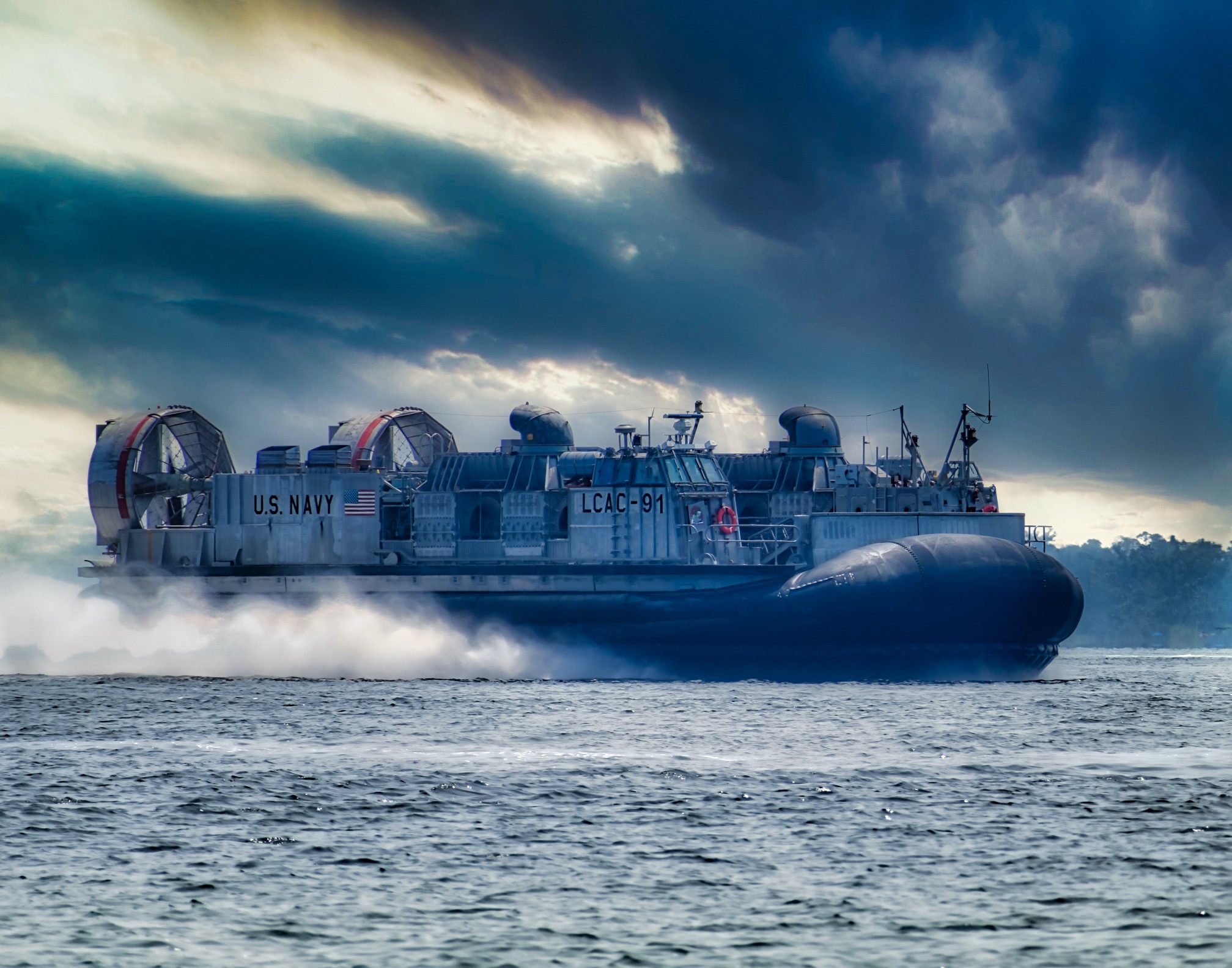

Human activities generate enormous levels of noise underwater that dramatically affect the marine environment.

Marine researchers in Eckernförde, Germany, and at the Maritime Research Institute "Marin" in the Netherlands analyze underwater noise --- with the best equipment available on the market: the LTT24, a high-precision, high-resolution, high-bandwidth data acquisition system that puts all competitors to shame.
In recent years, much international attention has been paid to underwater noise from shipping and its impact on marine life. For example, in the "Marine Strategy Framework Directive," the European Union specifically identified underwater noise as one of the "characteristics" of "good environmental status" (source). This is not yet a strict regulation, but it is likely to come into force in the near future. Several classification societies already offer "silent ship" certifications. Once a ship meets such certification, the operator receives a discount on port dues at the Port of Vancouver, Canada (source), to provide financial incentives for the use of such quiet ships. The issue is already enjoying a lot of media attention (source)
An effect called "cavitation," once it occurs, is the main source of a ship's underwater noise.
Cavitation is the effect of vapor-gas bubbles created by the strong negative pressure on the suction side of a ship's propeller (the water partially evaporates there).
A ship that shows this undesirable effect is difficult to rebuild afterwards. Therefore, it is advisable to check during the design of the ship whether the ship will meet the specified noise requirements. In addition, model-scale measurements are much more practical than full-scale measurements. In recent years, the number of sound measurements in MARIN's wave attenuation basin "DWB" has increased significantly (source).
Once these bubbles reach the other side of the propeller, the pressure increases rapidly and the bubbles just created are compressed to the point where they eventually collapse.
The shrinking bubble size dramatically increases the internal pressure of these bubbles, causing them to generate a miniature high-pressure shock wave as they collapse.
These shock waves not only massively affect the noise level generated. They are also capable of "blowing" tiny pieces out of the propeller if the cavitation occurs in close proximity to the propeller itself. Strong cavitation will therefore limit the life of the propeller.(A video on the subject).
The special thing about this effect:
The bandwidth of the generated noise level reaches up to several hundred kilohertz - far above the human audible range, but in the middle of the sensitive frequency range in which whales, dolphins and porpoises communicate with each other.
Measuring these high frequencies, as well as all other sounds from sometimes much lower frequency sources, places extreme demands on the measurement systems to be used.
These requirements are pushing the limits of what is possible - and become even more challenging when the sound measurements are to be used to determine the 3D position of sound sources underwater.
The LTT24 data acquisition systems are the world's best instruments to accomplish these demanding tasks:
Scientists around the globe are showing increasing activity in this area, defining the LTT24 as the new must-have in performance and reliability.
Other applications include:
Contact our experts to learn more about our LTT24 high performance data acquisition systems - your solution for marine research measurements.